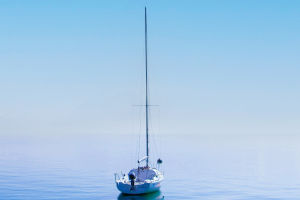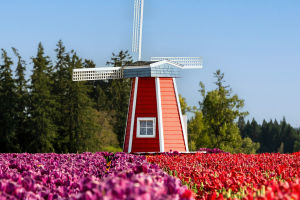Glaciers, often called "rivers of ice," are one of nature's most awe-inspiring phenomena. These massive bodies of ice shape our landscapes, influence our climate, and hold secrets of Earth's past.
Lykkers, let's embark on a journey to understand these frozen giants - where they're found, how they form, their current state and the challenges they face.
Where Are Glaciers Located?
Glaciers are found on every continent except Australia, covering about 10% of Earth's land area. They're most prevalent in polar regions like Antarctica and Greenland, which together contain 99% of the world's glacier ice. However, glaciers also exist in mountainous areas at lower latitudes, including the Alps, Himalayas, Andes, and Alaska's coastal ranges.
The Birth of a Glacier
Glaciers form in areas where more snow falls in winter than melts in summer. Over years and decades, layers of snow accumulate and compress into dense ice. As the ice thickens, it begins to move under its own weight, flowing downslope or spreading outward on flat surfaces.
This process requires specific climatic conditions:
1. Abundant snowfall
2. Cool temperatures year-round
3. Limited summer melting
These conditions are typically found in polar regions or high mountain areas.
Understanding Glaciers
Video by Mike Sammartano
Glaciers Today: A Changing Landscape
Unfortunately, the current situation for glaciers worldwide is dire. Global warming is causing rapid glacier retreats in most areas. Some key facts about the state of glaciers:
• Since 1961, the world has lost over 9 trillion tons of glacier ice.
• The rate of glacier mass loss has accelerated, doubling from 2000 to 2020 compared to 1970-2000.
• Some regions, like the European Alps, could lose 90% of their glacier ice by 2100 if emissions continue unchecked.
• Glacier retreats contribute to sea-level rise, changes in water availability, and increased natural hazards in mountain regions.
Causes of Glacier Retreat
The primary driver of glacier retreat is climate change, specifically:
1. Rising temperatures: Warmer air temperatures increase surface melting and extend the melt season.
2. Changes in precipitation patterns: Some areas are receiving less snowfall, reducing glacier accumulation.
3. Feedback loops: As glaciers shrink, they expose darker land surfaces that absorb more heat, further accelerating melting.
4. Ocean warming: For glaciers that terminate in the ocean, warmer water temperatures increase melting from below.
Human activities, particularly the burning of fossil fuels and resulting greenhouse gas emissions, are the main causes of this accelerated warming.
Looking Ahead
The future of Earth's glaciers depends largely on our actions to mitigate climate change. Reducing greenhouse gas emissions and transitioning to renewable energy sources are critical steps in slowing glacier loss.
Efforts to study and protect glaciers are ongoing. Scientists use satellite imagery, field measurements, and advanced modeling to monitor glacier health and predict future changes. Conservation efforts focus on reducing local impacts and educating the public about the importance of these icy giants.
Recommended Documentaries
To learn more about glaciers, consider watching these informative documentaries:
1. "Chasing Ice" (2012): This award-winning film follows photographer James Balog as he documents the disappearance of glaciers across the Arctic.
2. "Ice on Fire" (2019): Produced by Leonardo DiCaprio, this documentary explores the impacts of Arctic ice melt and potential solutions to the climate crisis.
As we face the challenges of a warming world, understanding and appreciating glaciers becomes ever more crucial. These frozen rivers are not just beautiful features of our landscape – they're vital components of Earth's life-support systems, deserving our attention and protection.


